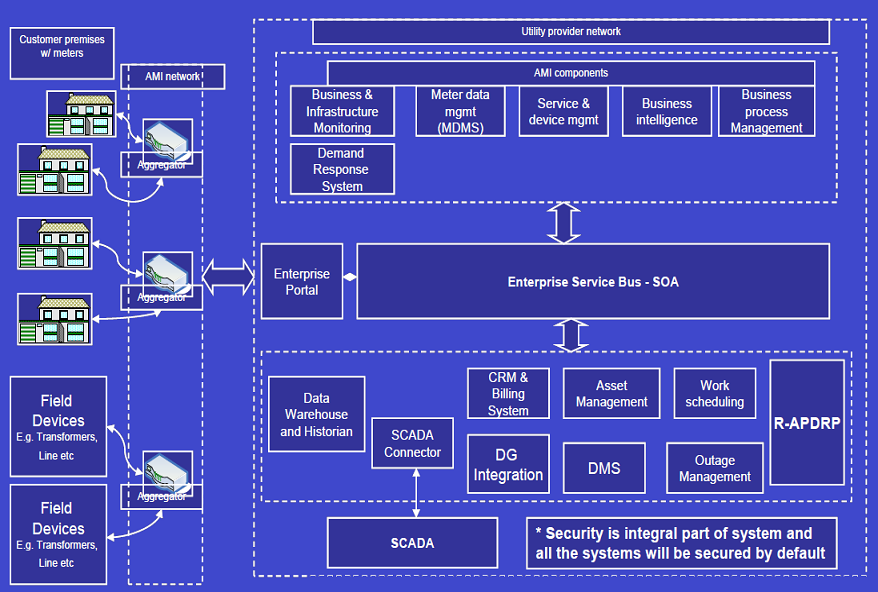

Most attributes are available for every census block group in the United States.ĮPA first released the Smart Location Database in 2011 and released version 2.0 in July 2013, and version 3.0 in 2021. It includes more than 90 attributes summarizing characteristics such as housing density, diversity of land use, neighborhood design, destination accessibility, transit service, employment, and demographics. The Smart Location Database is a nationwide geographic data resource for measuring location efficiency.

#Smart grid mapping tool download
The interactive map allows users to explore the data, download the dataset, and access the accompanying documentation.ĭownload data for all areas with coverage (ZIP file) General Services Administration (GSA) to develop the Smart Location Calculator, a dataset and interactive tool that measures the location efficiency of workplace locations. Currently, the National Walkability Index dataset ranks each block group relative to all other block groups in the United States, but individuals can use downloadable data and the "how-to" document to construct an index for a smaller universe of block groups, like a state, metropolitan area, or city.Īdditionally, EPA worked with the U.S. The National Walkability Index provides walkability scores based on a simple formula that ranks selected indicators from the Smart Location Database that have been demonstrated to affect the propensity of walk trips.Coverage is limited to metropolitan regions served by transit agencies that share their service data. Indicators summarize jobs accessible by transit as well as workers, households, and population that can access the block group via transit. The Access to Jobs and Workers Via Transit Toolprovides indicators of accessibility to destinations by public transit.Most attributes are available for all U.S. Indicators include density of development, diversity of land use, street network design, and accessibility to destinations as well as various demographic and employment statistics. The Smart Location Databasesummarizes more than 90 different indicators associated with the built environment and location efficiency.Users can download data, browse the data in interactive maps, or access the data through web services. Each product summarizes the characteristics of census block groups. To respond to this need, EPA developed three data products that consistently measure the built environment and transit accessibility of neighborhoods across metropolitan regions and across the United States. However, developing data about these characteristics can be expensive and time consuming. These findings can help inform travel demand studies as well as land use and transportation planning studies. Walking, biking, and taking public transit can also save people money and improve their health by encouraging physical activity.Īn EPA-funded meta-analysis of the research, Travel and the Built Environment , summarized the measurable effects of several built environment variables on residents’ travel behavior.As a result, they can choose to drive less, which reduces their emissions of greenhouse gases and other pollutants compared to people who live and work in places that are not location efficient.People who live and/or work in compact neighborhoods with a walkable street grid and easy access to public transit, jobs, stores, and services are more likely to have several transportation options to meet their everyday needs.Watch the recording.Ī large body of research has demonstrated that land use and urban form can have a significant effect on transportation outcomes.

On June 17, 2021, the Maryland Department of Planning and the Smart Growth Network hosted a webinar on the recent updates to the Smart Location Database and National Walkability Index and how these tools can be used in planning.


 0 kommentar(er)
0 kommentar(er)
